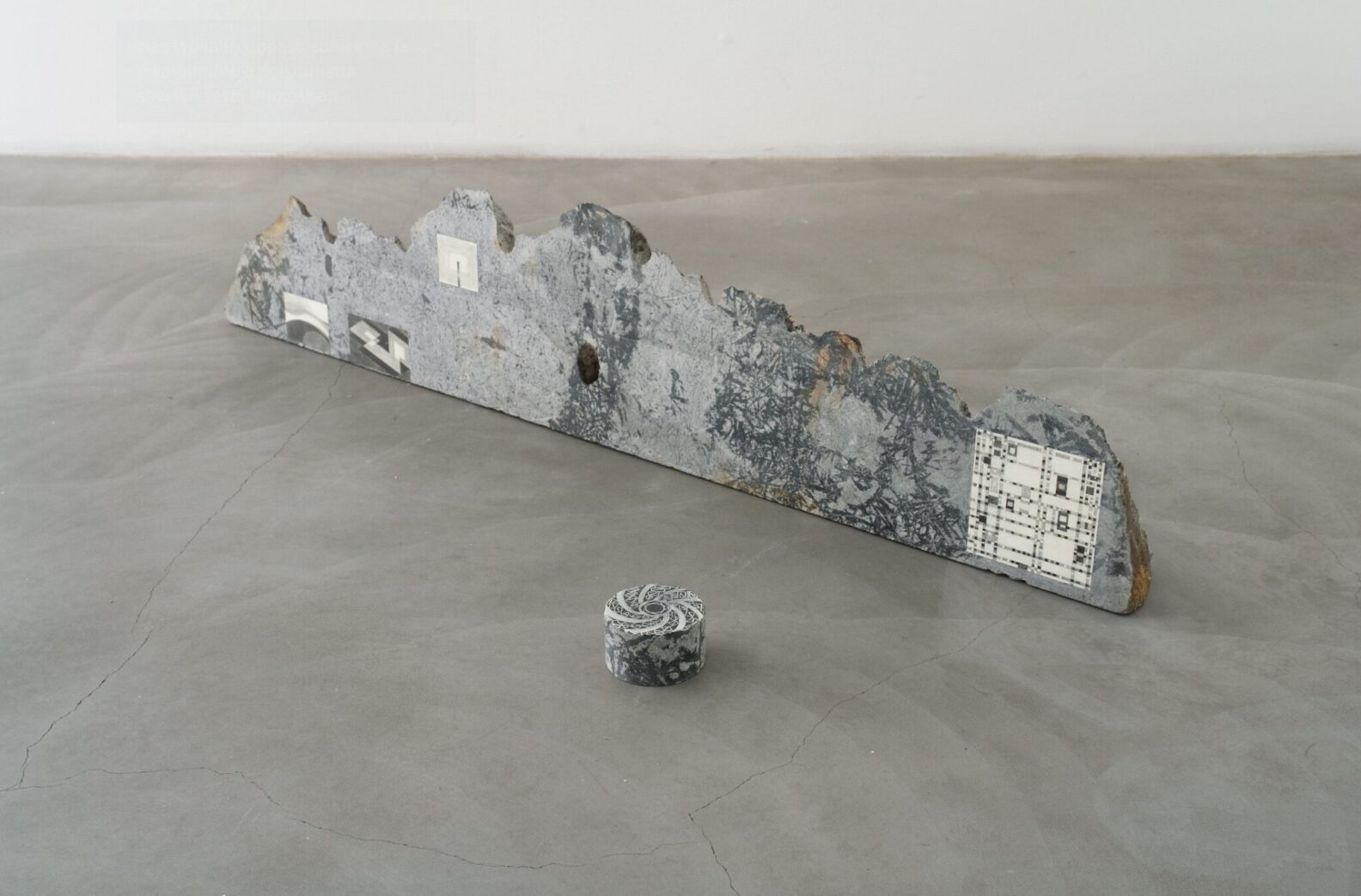Filaments of Image and Space
16.6.–30.9.2023
The exhibition is open in June-August, Tuesday-Sunday from 10 a.m. to 6 p.m.
Artists: Inka Bell, Kari Cavén, Juha van Ingen, Shoji Kato, Pekka Nevalainen, Paul Osipow, Marjatta Palasto, Silja Rantanen, Pekka Sassi, Päivi Sirén
Exhibition curator: Kari Kenetti
Filaments of Image and Space
Alvar Aalto’s deep interest in the visual arts and the impact of visual art on his architecture have been widely recognised and acknowledged. In his text ”The Trout and the Stream,” he writes about abstract art as follows:
”Abstract art, at its best, is the result of a certain crystallisation process. Perhaps this is why it can be understood purely and solely through emotions, even though it encompasses constructive ideas and the tapestry of human tragedy. It serves as a tool that can transmit a pure flow of humane emotions, which the written word has somehow missed out on.”
Alvar Aalto, Domus, 1947
This exhibition does not have a specific theme that could be put into words. However, curator Kari Kenetti chose abstract expression and a black-and-white colour palette as the basis for selecting its works. Nevertheless, he did not intend to implement a strict concept but rather allowed for moments for representational or conceptual elements, or other colours besides black and white, to come into play.
This exhibition seems to create its own continuum in the discourse on modernism and postmodernism. While modernism was characterised by idealism and a belief in reason and progress, postmodernism is marked by the often ironic questioning of universal truths and the emphasis on individual experience. Postmodernism blurred the boundaries between high and popular culture, giving rise to several new forms of stylistic and technical expression and channels. These include conceptual art, installation, performance, and the extensive field of new media. The latter is currently undergoing continuous and rapid development thanks to digital technologies, while its expressive possibilities, like in art in general, appear in works with very diverse content.
The defining characteristics of different eras coexist and overlap in contemporary art. The spatial starting point of this exhibition is one of Finland’s most important examples of modern architecture, originally the Paimio tuberculosis sanatorium, which Aalto designed with the goal of promoting patients’ holistic well-being and comfort. Paimio Sanatorium (1933) is considered the masterpiece of Aalto’s functionalist period and one of his earliest architectural projects to gain international recognition.
Kenetti invited ten artists to the exhibition, each of whom has been given their own room/space. This allows the entire exhibition to be perceived as a series of individual showcases. At the same time, it creates an intriguing network of connections where each exhibition contributes to the whole, forming a tapestry in which different artistic approaches, techniques, and thematic aspirations resonate with one another. Elements such as the abstract nature of the works and the black-and-white palette, as well as deviations from these norms, recur throughout the spaces. This weaves a visual narrative and contributes to the overall experience. What’s more, it is evident that the architecture of the hospital building permeates this visual encounter.
Awareness of the exhibition space, its nature, history, and current context is an inherent characteristic of contemporary art and a vital consideration in its presentation. The notion of the ”white cube” as an ideal setting for art has lost its hallmark status, as contemporary art often benefits from unusual spaces and their signature features. In fact, the concept of site-specificity inherently considers and interacts with the location of the work.
The works of art in the exhibition incorporate elements from the history of abstract art while also incorporating contemporary forms, technical methods, perspectives, and solutions made possible by today’s knowledge and technological expertise.
The exhibition reflects the multi-layered and intertwining heritage of contemporary art. This is often described by stating that there is no dominant trend in contemporary art, but that it is rather a complicated tapestry that has emerged from history and the present day.
Consequently, it gives rise to varied possibilities of expression, leveraging the legacies of both modernism and postmodernism, which each artist interprets and employs in their own unique way. This situation is also a broad reflection of the current state of visual arts, which captures the essence of art in the present moment. While the exhibition defines certain visual elements such as black-and-white aesthetics and abstract art, it encompasses a variety of stylistic and expressive approaches based on both hands-on craftsmanship and the utilisation of digital techniques.
This is not about the typical ‘anything goes’ attitude of postmodernism, in which conflicting meanings and irony dominate the various levels of interpretation. Instead, the artist consciously selects means of expression with an awareness of their history and significance.
The uniqueness of each artist is emphasised in these choices. It also feels like the slight deviations from thesystematic visual cues of the exhibition enhance its multi-layered nature and, at the same time, strengthen theconnection to Alvar Aalto’s architecture. His ideas were not based on strict adherence to rules but always allowed for organic deviations from the underlying philosophy. The reference to constructivism as well as the portrayal of human emotions in abstract art testifies to Aalto’s open-minded approach to fixed stylistic definitions.
In the above text, Alvar Aalto speaks about the ability of abstract art to convey emotions and communicate on an emotional level. Abstract art is like musical notation that the viewer ‘plays,’ ‘interprets,’ and ‘experiences’ according to their own life experiences and their current mental and physical state and situation. Abstract art requires focused observation, pausing, and opening oneself to the artwork. Often, works of art gain new meanings as viewers move within the space, exploring different perspectives and distances in relation to the image.
An exhibition is always an event that is experienced, sensed, and contemplated in the here and now. However, it does not emerge from a void. Art’s complex network of roots extends throughout history and our collective experience ofthe present day.
Maaretta Jaukkuri
Paimio Sanatorium
Alvar Aallon tie 275
21540 Paimio
Finland
More from Alvar Aalto
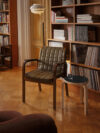
The Return of Armchair 45 design by Alvar Aalto – Artek
Photography by Mikko Ryhänen, 2024 Armchair 45 returns to the collection this autumn to complement …

Alvar Aalto Medal 2024 goes to Belgian architect Marie-José Van Hee
Marie-José Van Hee. Photo © Jef Jacobs. The fifteenth Alvar Aalto Medal has been awarded …

Let’s build a sustainable architectural heritage together – donate to the renovation of Studio Aalto
The Alvar Aalto Foundation is the custodian of Alvar Aalto’s architectural heritage and has launched …

Alvar Aalto Symposium focuses on the role of architects amidst change
The 16th Alvar Aalto Symposium will be held in Jyväskylä 22–23 August 2024 The built …

Limited editions of Unique hand-carved Aalto Vases made from Finnish sand
Since the founding of Iittala Glassworks in 1881, Iittala has been synonymous with expertise in …
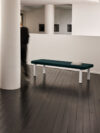
Aalto Benches now available in two larger new sizes and with new seat options – Artek
Aalto Benches are functional and versatile, equally at home in the public and private spheres. …
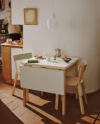
The Aalto foldable table returns to Artek, crafted for compact living
New in: the Aalto foldable table Crafted for compact living, the Aalto foldable table extends …
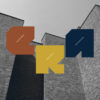
16th Alvar Aalto Symposium 2024 focuses on the era of extremes
What is the role of architecture and design amidst environmental crises, catastrophes and political upheaval? …
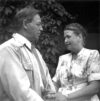
130 years since the birth of Aino Aalto
January 25, 2024, marks the 130th anniversary of the birth of architect Aino Aalto. In …

Architecture and Design Days 1–4/2 2024 “In a Good Space”
The Finnish Architecture and Design Days 2024, take place at the start of February, this …
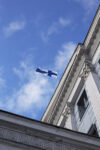
The first week of February is a celebration of Finnish architecture and design
On the 3rd of February, Finnish flags are hoisted in celebration of Alvar and Aino Aalto …

Finland celebrates Architecture and Design Days 2024
Finland celebrates Architecture and Design Days on 1–4.2.2024. This year’s theme highlights the importance of architecture …

Major showing of the Aaltos’ work in Italy – The Human Dimension of Design
Alvar Aalto in the Muuratsalo Experimental House (1952–54). Photo Heikki Havas Photo © Alvar Aalto …
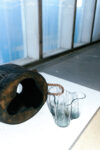
Iittala celebrates Alvar Aalto’s 125th birthday with a limited edition
Aalto glass vase like never seen before. Iittala celebrates Alvar Aalto’s 125th birthday with a …

Alvar Aalto Foundation partners with Habitare Pro
Habitare Pro, which accompanies Habitare on 13–15.9.2023, consists of an exhibition in Habitare’s Ahead area, an international …

This year marks the 50th anniversary of the completion of the architect Alvar Aalto’s eponymous museum
The Alvar Aalto Museum building – made “con amore” This year marks the 50th anniversary …
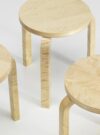
Discover Stool 60 Loimu: Limited by Nature design by Alvar Aalto – Artek
Stool 60 Loimu (flame, in English) is produced from an exceptionally rare birch variant distinguished …
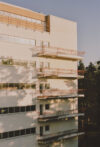
The Paimio Sanatorium Anniversary Collection design by Alvar Aalto – Artek
Artek launches celebratory collection to commemorate 90 years since the Paimio Sanatorium’s opening. …

Architect Elissa Aalto exhibition opens in Lahti during August Architecture Week
An exhibition about the life’s work of architect Elissa Aalto will open at Galleria Nuovo, …

Filaments of Image and Space Exhibition @ Paimio Sanatorium
Filaments of Image and Space 16.6.–30.9.2023 The exhibition is open in June-August, Tuesday-Sunday from 10 …

